ADSS Fiber Optic Cable Design Specifications
Contact us for more sample,According to your needs, customize for you
inquiry nowADSS Fiber Optic Cable Design Specifications
The design of ADSS (All-Dielectric Self-Supporting) fiber optic cables is specifically tailored to withstand the environmental conditions encountered in aerial installations. Here's a breakdown of the key environmental factors that influence the design of ADSS Fiber Optic Cable:

Weather Resistance: ADSS Fiber Optic Cable are exposed to outdoor weather conditions, including rain, snow, ice, and UV radiation from sunlight. The cable design incorporates materials and coatings that provide resistance to moisture ingress, UV degradation, and temperature fluctuations. The outer jacket of the cable is typically made from a durable polymer material that offers excellent weather resistance.
Mechanical Durability: ADSS Fiber Optic Cable must withstand mechanical stresses and strains imposed by wind, ice loading, and vibration during aerial installation and operation. The cables incorporate high-strength aramid yarns (e.g., Kevlar) or fiberglass rods as strength members to provide mechanical support and tensile strength. Additionally, the design may include buffer tubes or loose buffer fibers to protect the optical fibers from bending and abrasion.
Ice Loading: Ice accumulation on cables can pose a significant challenge in cold climates. ADSS cables are designed to minimize the effects of ice loading by incorporating features such as a smooth outer jacket surface and low coefficient of friction materials. Some cables may also include special coatings or ice-resistant designs to reduce ice buildup and prevent damage to the cable.
UV Resistance: Exposure to sunlight can cause degradation of cable materials over time. ADSS Fiber Optic Cable are engineered to resist UV radiation by incorporating UV-stabilized jacket materials and additives that protect against UV-induced degradation. This helps ensure the long-term reliability and performance of the cable in outdoor environments.
Corrosion Resistance: While ADSS Fiber Optic Cable do not contain metallic components, they may still be exposed to corrosive environments in coastal or industrial areas. The cable design includes materials and coatings that provide resistance to corrosion from saltwater, chemicals, and pollutants, ensuring the integrity of the cable over its service life.
Temperature Range: ADSS Fiber Optic Cable must operate effectively across a wide temperature range, from extreme cold in arctic climates to high temperatures in desert regions. The cable materials and construction are selected to maintain mechanical and optical performance under varying temperature conditions, ensuring reliable operation in diverse environments.

Aerial Radian Diagram
Schematic Diagram of Total Stress at Each Point
Overall, the design of ADSS fiber optic cables is optimized to withstand the rigors of outdoor aerial installations, providing reliable and durable connectivity for telecommunications, broadband, and utility networks in diverse environmental conditions.


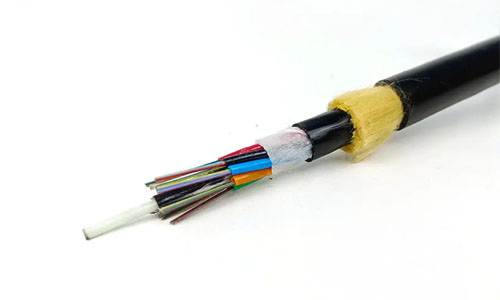 ADSS Fiber Optic Cable
ADSS Fiber Optic Cable ASU Fiber Optic Cable
ASU Fiber Optic Cable OPGW Fiber Optic Cable
OPGW Fiber Optic Cable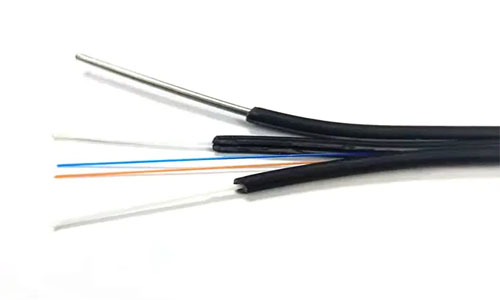 FTTH Fiber Optic Cable
FTTH Fiber Optic Cable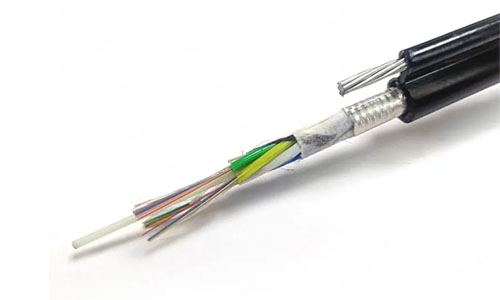 Figure 8 Fiber Optic Cable
Figure 8 Fiber Optic Cable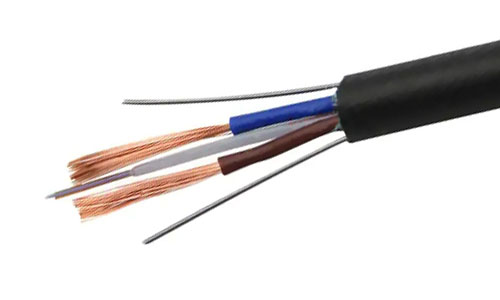 Photoelectric Composite Fiber Optic Cable
Photoelectric Composite Fiber Optic Cable Underground & Pipeline Fiber Optic Cable
Underground & Pipeline Fiber Optic Cable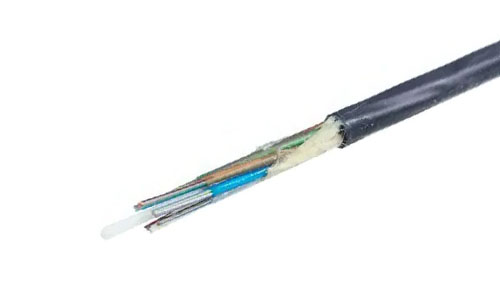 Air-Blown Micro Fiber Optic Cable
Air-Blown Micro Fiber Optic Cable Indoor Fiber Optic Cable
Indoor Fiber Optic Cable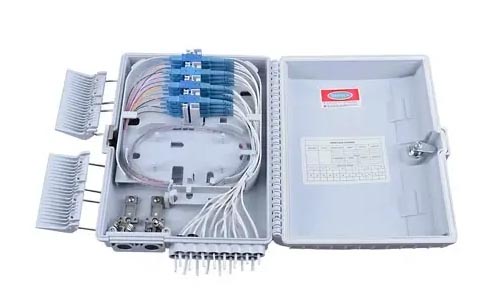 Fiber Optic Distribution Box
Fiber Optic Distribution Box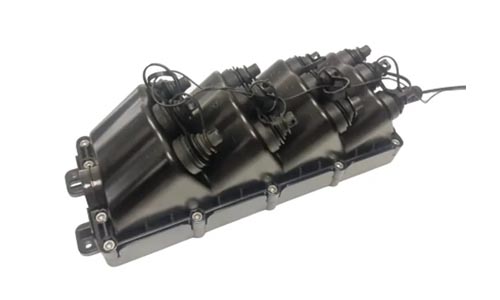 Multiport Service Termina Box
Multiport Service Termina Box Fiber Optical Terminal Box
Fiber Optical Terminal Box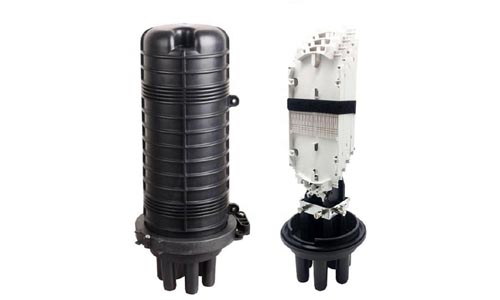 Fiber Optic Splice Closure
Fiber Optic Splice Closure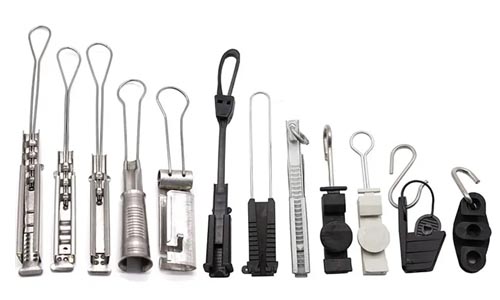 Fiber Optic Clamps
Fiber Optic Clamps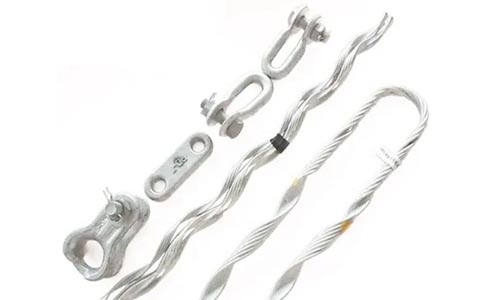 Fiber Optic Cable Fittings
Fiber Optic Cable Fittings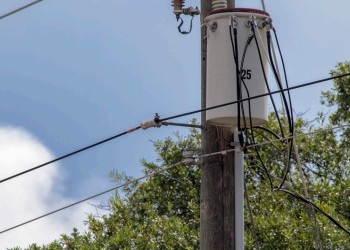 ADSS Fiber Cable
ADSS Fiber Cable ASU Fiber Cable
ASU Fiber Cable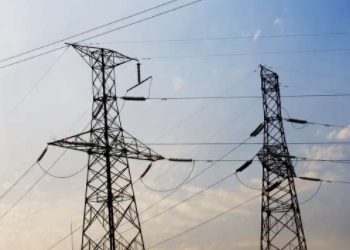 OPGW Fiber Cable
OPGW Fiber Cable FTTH Fiber Cable
FTTH Fiber Cable Figure 8 Fiber Cable
Figure 8 Fiber Cable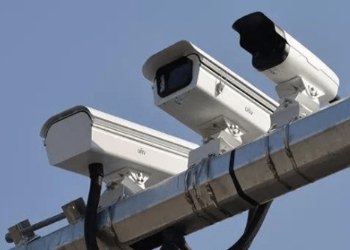 Photoelectric Composite Fiber Cable
Photoelectric Composite Fiber Cable Underground & Pipeline Fiber Cable
Underground & Pipeline Fiber Cable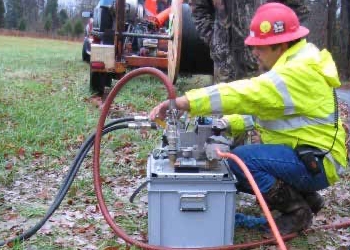 Air-Blown Micro Fiber Cable
Air-Blown Micro Fiber Cable Aerial Fiber Cable
Aerial Fiber Cable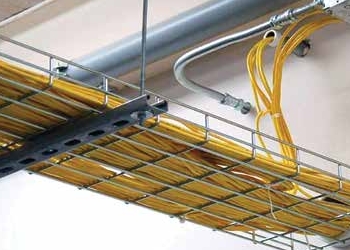 Indoor Fiber Cable
Indoor Fiber Cable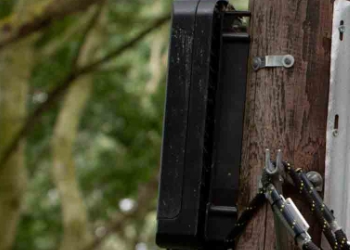 Fiber Optical Terminal Box
Fiber Optical Terminal Box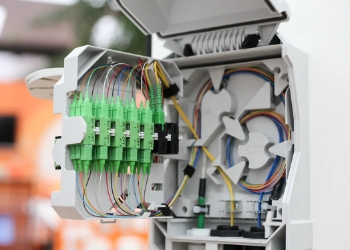 Fiber Optic Distribution Box
Fiber Optic Distribution Box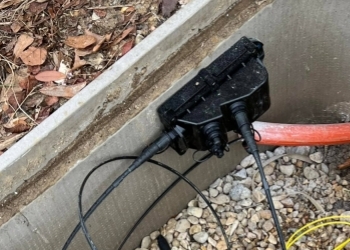 Multiport Service Termina Box
Multiport Service Termina Box Fiber Optic Clamps
Fiber Optic Clamps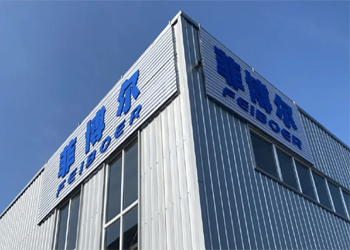 About Us
About Us Our Team
Our Team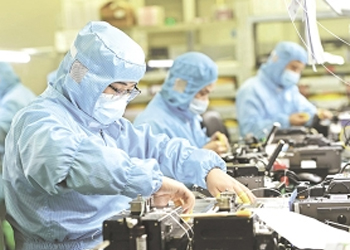 History
History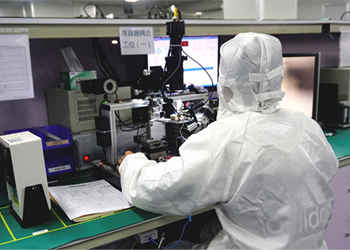 R&D Strength
R&D Strength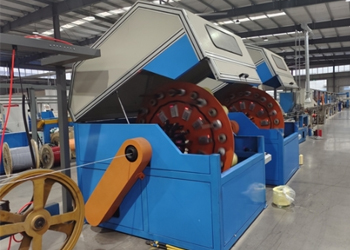 Production Base
Production Base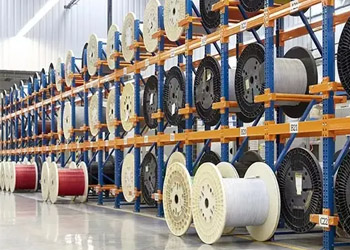 Warehouse & Logistics
Warehouse & Logistics Quality
Quality FAQs
FAQs